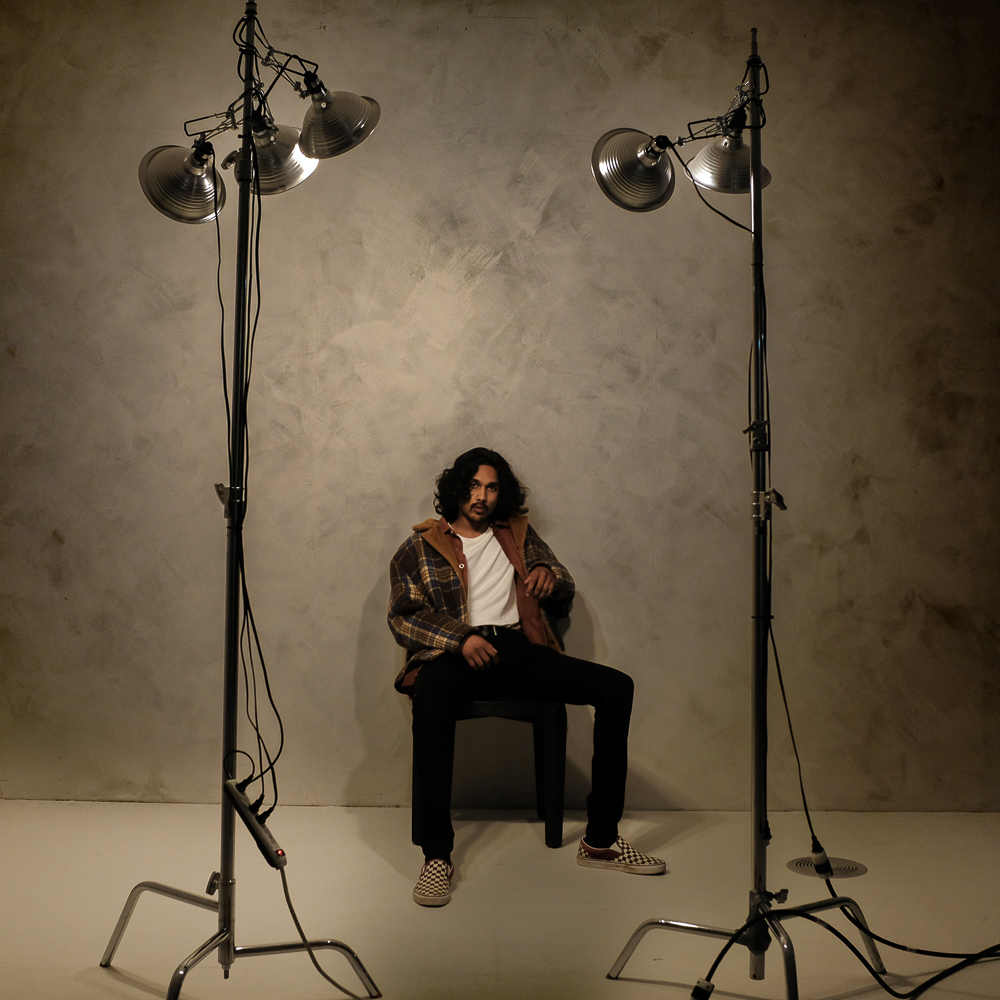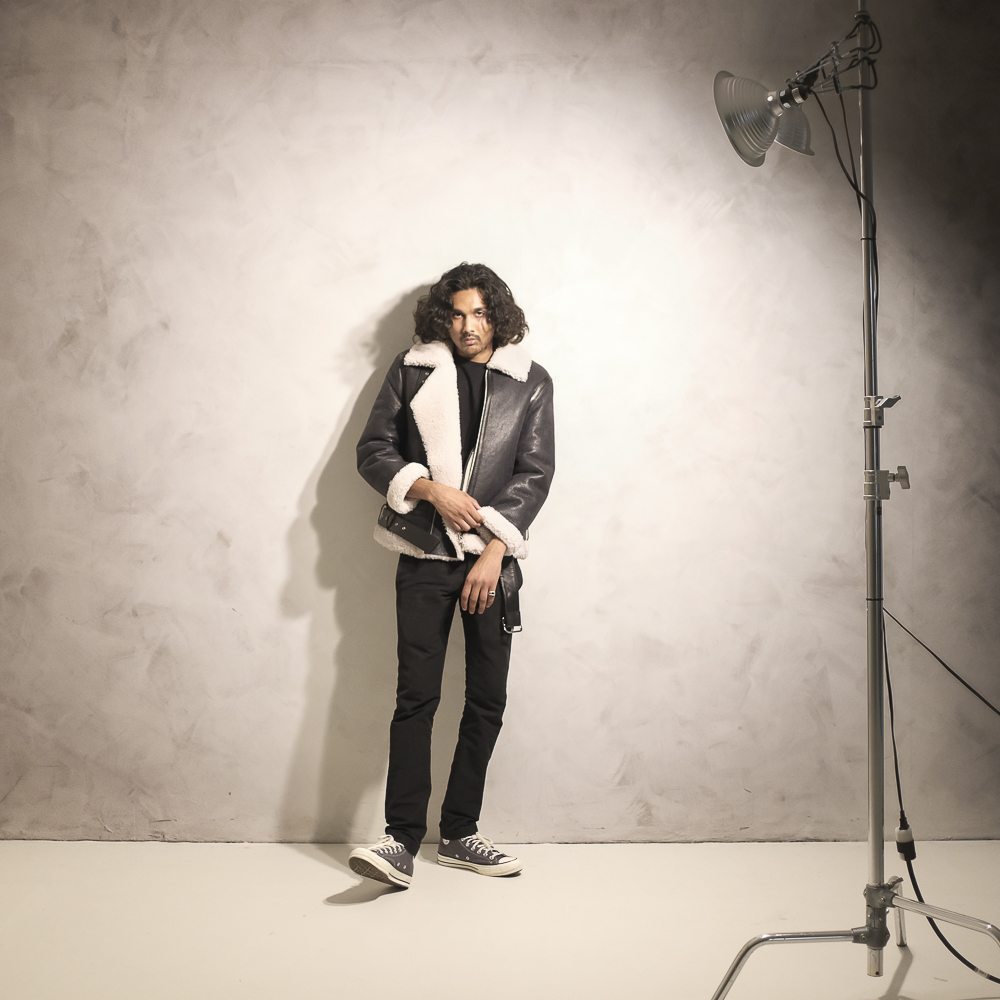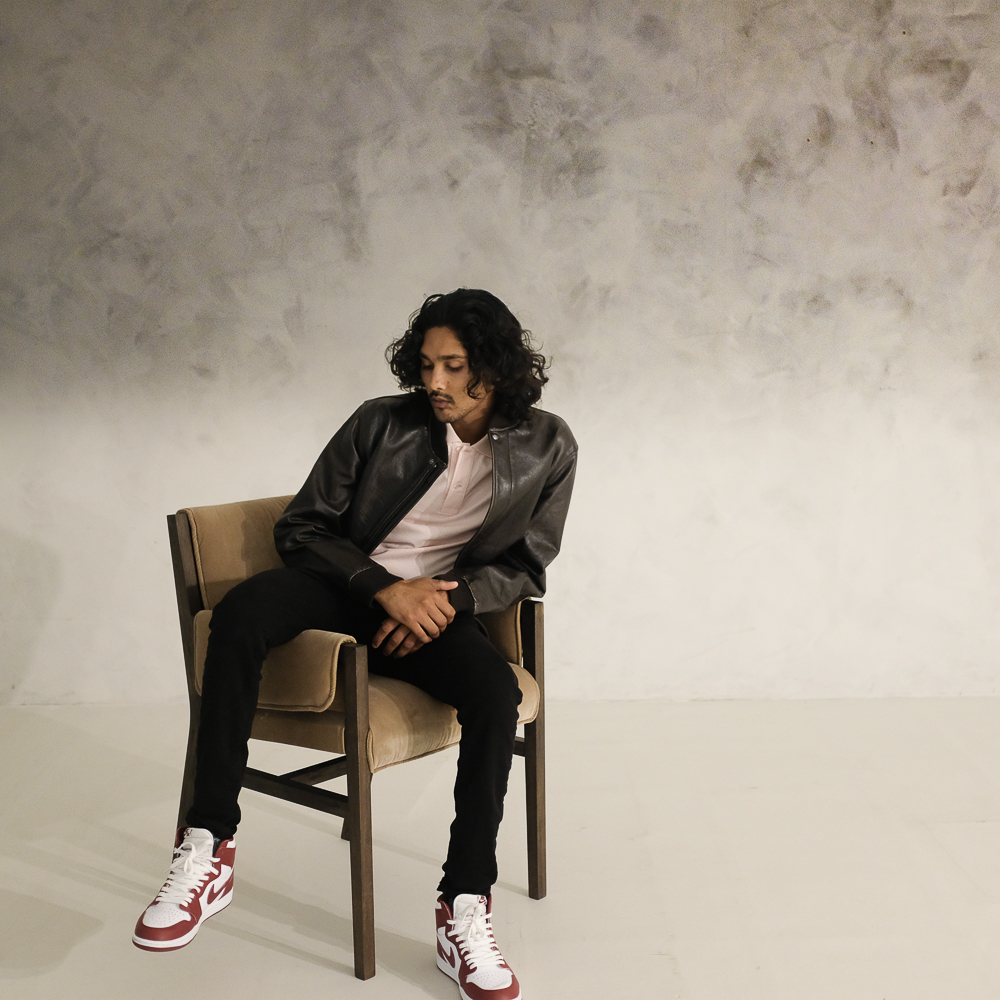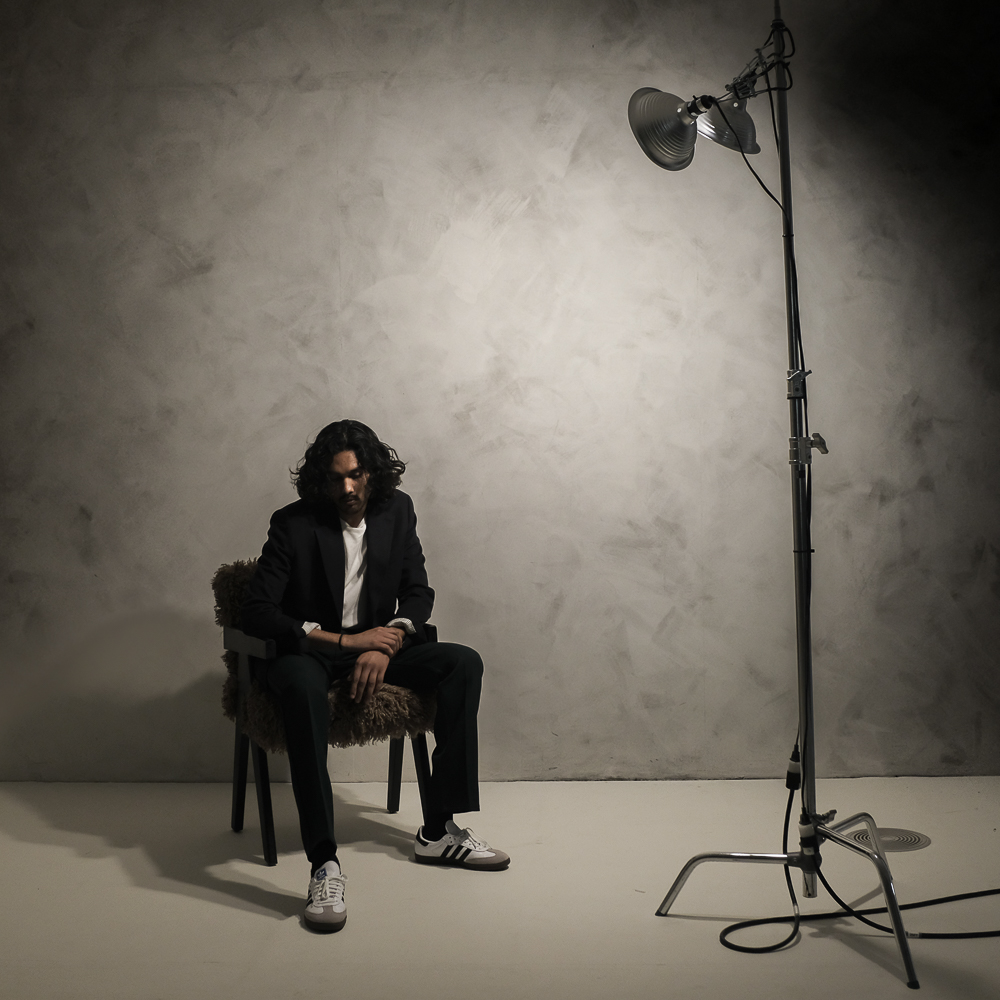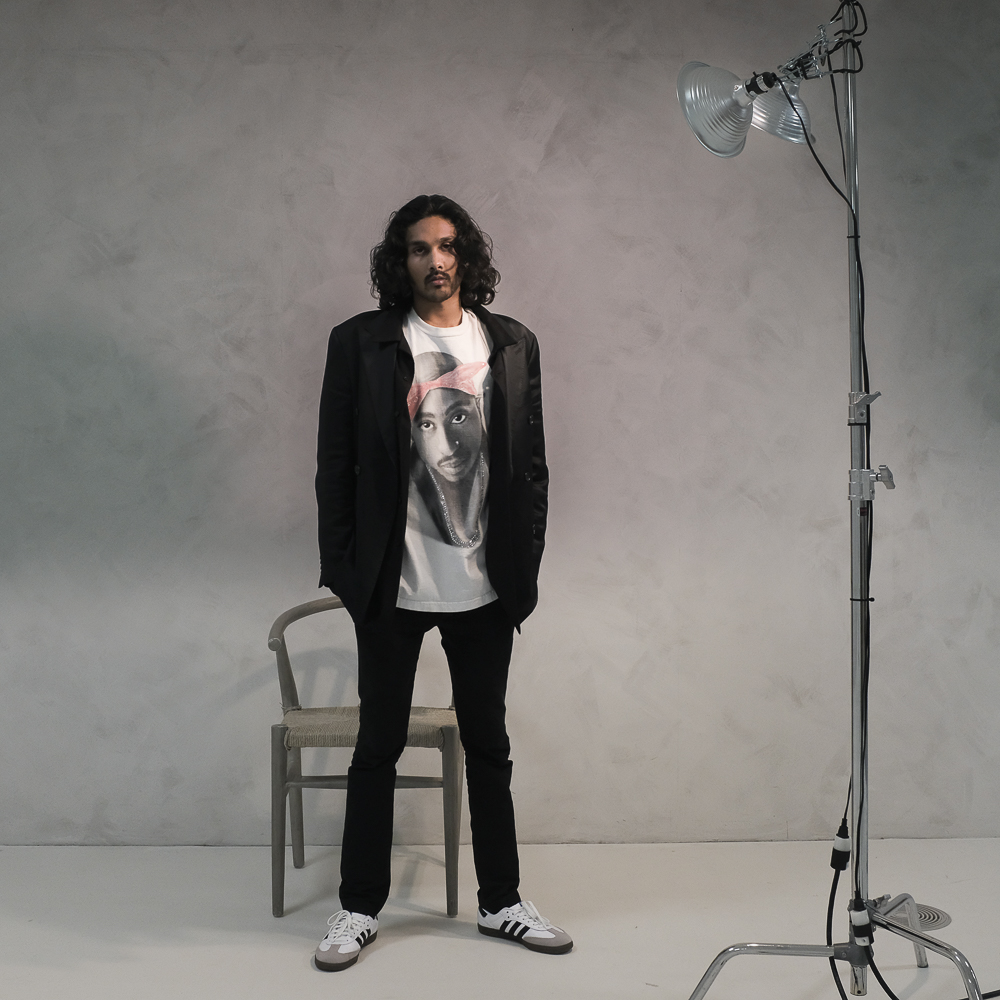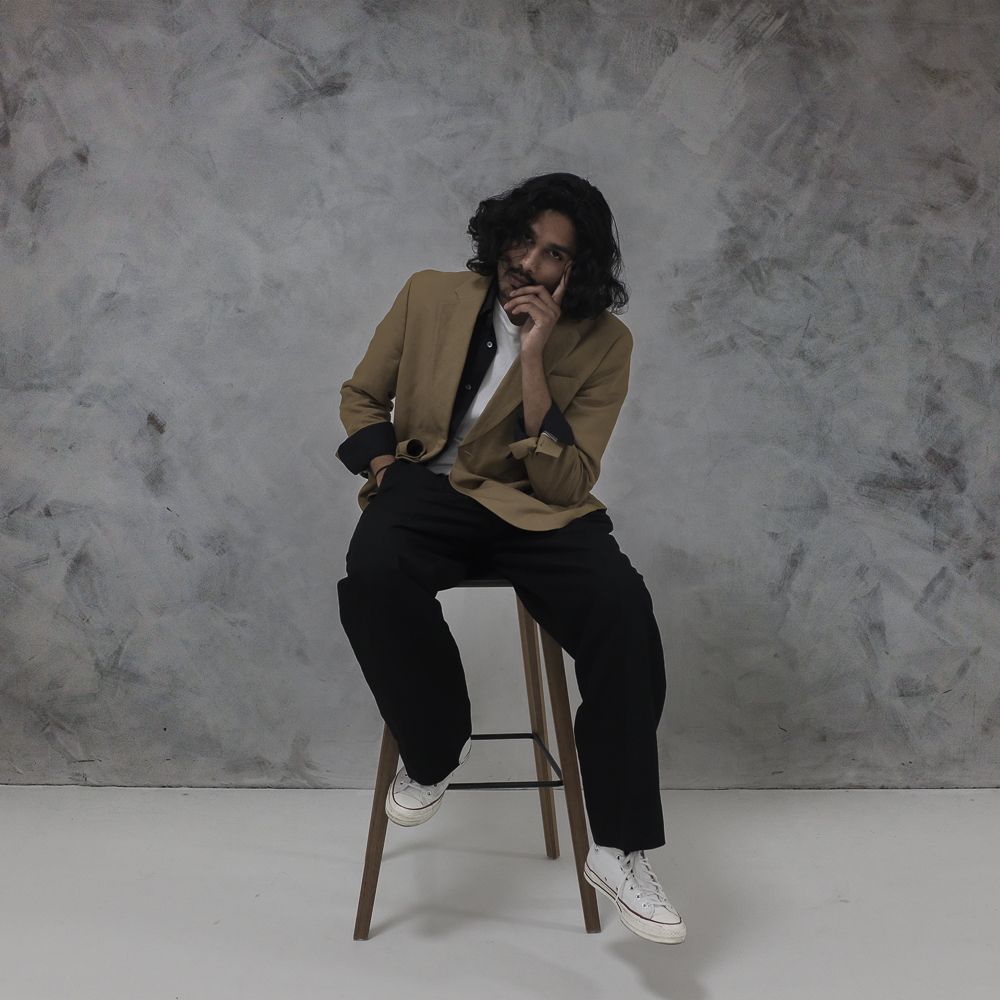Today we’d like to introduce you to Faraz Ali.
Hi Faraz, so excited to have you with us today. What can you tell us about your story?
I grew up with a creative mindset, always fascinated by various art forms and design. From a young age, I enjoyed experimenting with different mediums and styles, whether it was drawing, painting, or crafting. This creative inclination naturally extended to my interest in fashion, where I found a unique outlet for my artistic expression.
As I grew older, my passion for fashion only intensified. Working in retail, particularly as a stylist for Banana Republic, allowed me to immerse myself in the industry. I thrived on the opportunity to help customers find their personal style and discovered a wide array of brands that inspired me further. This experience, combined with my formal education, has been instrumental in shaping my path.
Currently, I’m pursuing a degree in Industrial Design at San Francisco State University. This program has enabled me to deepen my understanding of design principles and apply them in innovative ways. Balancing my student life with my role at Banana Republic, I continuously strive to merge functionality with aesthetic appeal, both in my academic projects and professional endeavors.
Each day, I’m driven by the desire to push the boundaries of design and fashion, blending creativity with practicality to create something truly unique. My journey so far has been a mixture of learning, experimenting, and evolving, and I look forward to what the future holds.
I’m sure it wasn’t obstacle-free, but would you say the journey has been fairly smooth so far?
Being a creative designer on the West Coast, surrounded by diverse cultural influences, can be both enriching and challenging. This cultural diversity can lead to unique and innovative design approaches but may also bring certain struggles. With such a mix of cultures, it’s important to create designs that are respectful and inclusive, which can sometimes be challenging. Balancing the influence of various cultural backgrounds while maintaining your unique design identity can be tricky. Understanding and appealing to a culturally diverse market requires deep insight and can be complex. Different cultures have varying aesthetics, and incorporating these into a cohesive design that resonates with a broad audience can be challenging. Breaking free from stereotypes and clichés to present authentic and respectful representations of cultures requires careful consideration and research. Sometimes, the diversity of influences can lead to internal conflict or ambiguity in design decisions, making it challenging to settle on a direction. Despite these challenges, the cultural influences can lead to unique and impactful designs that stand out in the industry.
Thanks for sharing that. So, maybe next you can tell us a bit more about your work?
I’ve had the privilege of working in various creative fields, which has been both challenging and rewarding. I’m known for creating sculptures, which allow me to express abstract ideas through physical forms. At Banana Republic, I work as a stylist in both the men’s and women’s departments, where I enjoy helping clients find pieces that resonate with their personal style. My work in portrait photography has been recognized for capturing the unique essence of individuals, blending artistic expression with technical skill. In addition to visual arts, I write short stories and poetry, often inspired by my travels from city to city. This has been a way for me to document my experiences and explore different perspectives. What sets me apart is my ability to integrate these diverse creative disciplines into my work, offering a unique and multifaceted approach to my projects.
I’m proud of the versatility I’ve cultivated, and I’m always looking for new ways to challenge myself and grow as an artist and designer. One of the most memorable moments in my journey was when I received recognition for a photography series that explored cultural identities, blending my passion for visual storytelling with my interest in cultural diversity.
I’m excited to continue pushing the boundaries of my creativity and contributing to the art and design community.
What quality or characteristic do you feel is most important to your success?
The quality I believe is most important to my success is adaptability. Being able to navigate and integrate different creative disciplines—like sculpture, fashion styling, photography, and writing—requires a willingness to learn and adjust. This adaptability has allowed me to embrace diverse cultural influences and continuously evolve my work. It helps me stay open to new ideas, collaborate effectively with others, and approach challenges with a flexible mindset. Whether it’s experimenting with new techniques, exploring different artistic mediums, or understanding various cultural aesthetics, adaptability has been key to my growth and success as a creative professional.
